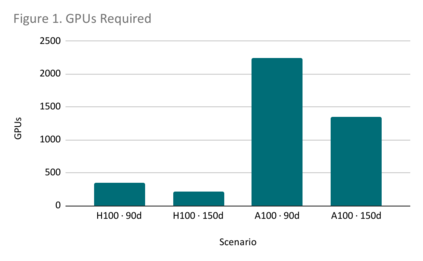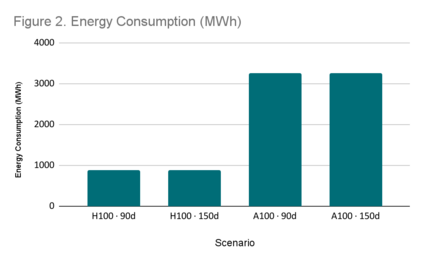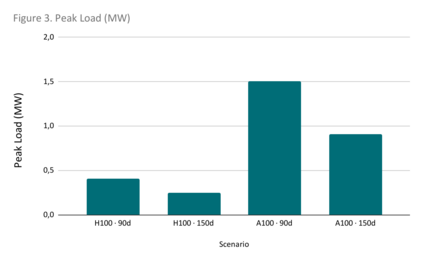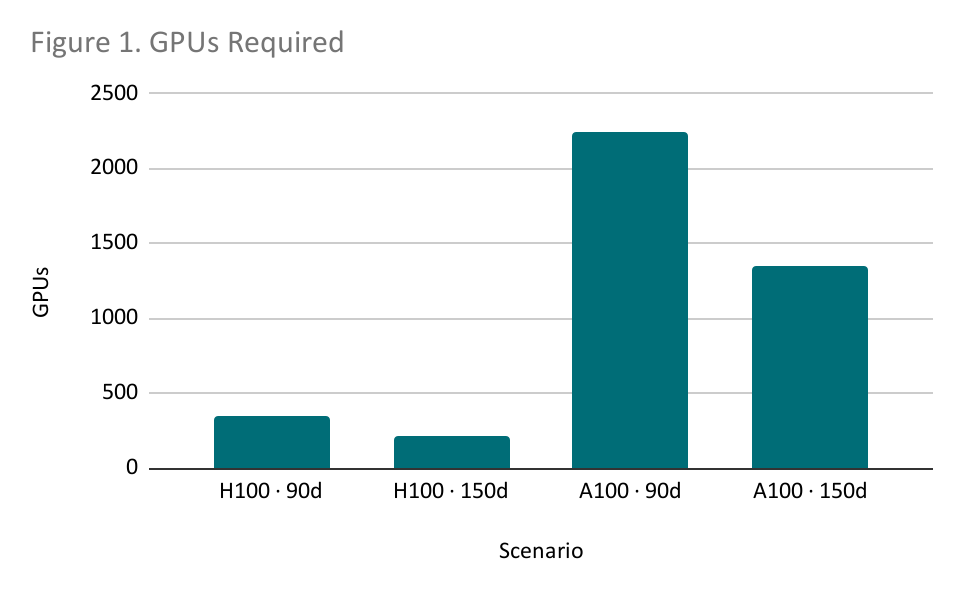The rapid escalation of computational requirements for training large-scale language models has reinforced structural asymmetries between high-capacity jurisdictions and countries in the Global South. This paper examines the technical and fiscal feasibility of sovereign-scale language model training in Brazil and Mexico under conditions of constrained hardware access, energy availability, and fiscal ceilings. Using a dual-axis design that varies accelerator generation (NVIDIA H100 vs. A100) and training duration (90 vs. 150 days), we estimate compute demand, energy consumption, capital expenditures, and regulatory compatibility for the training of a 10-trillion-token model. Our findings show that while all configurations remain below export-control and electrical infrastructure thresholds, fiscal viability is determined by hardware efficiency. H100-based scenarios achieve training feasibility at a total cost of 8-14 million USD, while A100 deployments require 19-32 million USD due to higher energy and hardware demand. We argue that extending training timelines should be treated as a policy lever to mitigate hardware constraints, enabling the production of usable, auditable, and locally aligned models without competing at the global frontier. This study contributes to the discourse on AI compute governance and technological sovereignty by highlighting context-sensitive strategies that allow middle-income countries to establish sustainable and strategically sufficient AI capabilities.
翻译:暂无翻译







